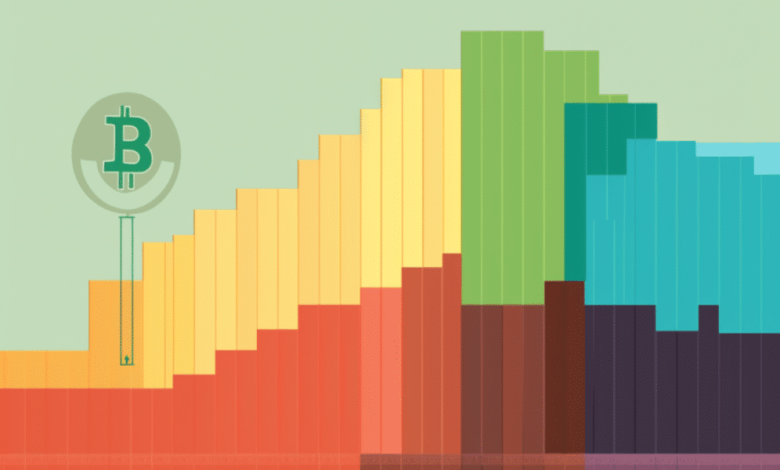Every Bitcoin supply bracket has this common theme

- The one to five-year active age bands resolved to HODLing Bitcoin.
- Coins in profit exceed those in loss despite BTC’s decrease.
Bitcoin’s [BTC] supply distribution has been a topic of interest long before the king coin reached the $69,000 All-Time High (ATH), up till this period when it has been pegged back. Remarkably, each supply category, represented by the active age bands, shares a common characteristic that could influence BTC.
Is your portfolio green? Check the Bitcoin Profit Calculator
By examining the one to five-year active age bands, Glassnode showed that they have been bound together since hitting their respective ATHs.
All the categories are in unison
At the time the on-chain analytic platform published its tweet, the one-year age band had the highest increase. This suggests that a number of investors have accumulated BTC and stuck with it since last year’s capitulation.
The #Bitcoin Supply Last Active Age Bands are all currently at ATHs. This suggests that HODLing is the primary dynamic across all subsections of the Long-Term Holder cohort.
🔴 Supply Last Active 1+ Yrs Ago: 69.2%
🟠 Supply Last Active 2+ Yrs Ago: 55.7%
🟢 Supply Last Active 3+… pic.twitter.com/FYdWi1tVq2— glassnode (@glassnode) July 26, 2023
For context, the active age bands measure the movement of coins accumulated or stored for long periods of time.
When the metric rises, it means that long-term accumulation is increasing. But when the metric falls, it implies that long-term holders are spending and distributing their coins. And most times, this falls into the hands of the younger cohort.
Therefore, the one to five-year age bands rising simultaneously implies that the primary resolve of long-term holders is to HODL.
Regarding the total Bitcoin supply in profit, Glassnode showed that it had decreased to 14.19 million as of 26 July. The Bitcoin supply in profit shows the amount of coins whose price at the last move was lower than the current price.

Source: Glassnode
BTC remains tempting despite this fall
Although the metric was still higher than it was in December 2022, the decline could be linked to BTC’s recent dip. According to CoinMarketCap, BTC’s 365-day 28.49% hike has turned into a 2.86% decrease in the last 30 days.
As expected, the fall in profit supply resulted in an increase in Bitcoin’s supply in loss. But at 5.21 million, the number of holders in profit still exceeded those coping with a downturn at the price accumulated.

Source: Glassnode
Meanwhile, the realized market cap HODL waves were down to 1.691. As an alternative to the circulation HODL waves, the realized market cap HODL waves weigh the realized price of coins in each supply bracket.
How much are 1,10,100 BTCs worth today?
The decrease implies that younger unspent coins have been categorized into older coins. Typically, this proves accumulation with growing market support from the older coins.

Source: Santiment
As an aggregate overview of HODLing behavior, the metric showed that Bitcoin is still appealing to the average investor. Also, the conviction not to distribute coins was still high.





